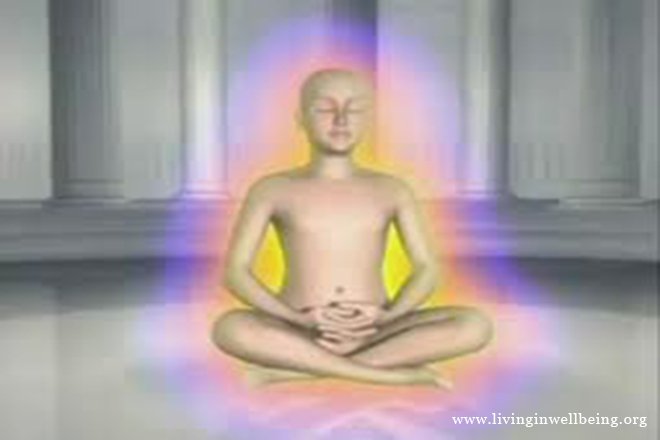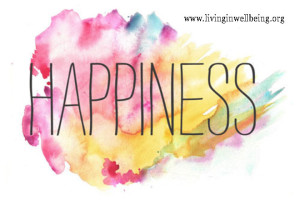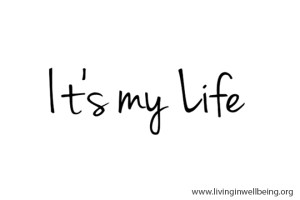
Spiritual Power in Tibetan Symbols
Tibetan symbols represent and invoke purity of spirit and mind, infinite wisdom and vision, cycles and rebirth, and endless compassion. They are basically attached to Buddhism, specifically, Vajrayana Buddhism, the prevailing religion of Tibet. These religious symbols as well as other symbols preceded the use of Gautama Buddha's images as symbols of Buddhism, according to related literature. But even with the revered image of Gautama Buddha emerging as the main symbol of Buddhism among the estimated 400 million Buddhists all over the world, earlier symbols continue to be traditionally used as Buddhism symbols.
The Eight Auspicious Tibetan Symbols
Among the approximately 20 million adherents of Vajrayana Buddhism, or Tibetan Buddhism, religious symbolism has been significant part of religious practices and worship. Most of the symbols are generically Buddhist, but many of them have been enriched by Tibetan culture and tradition. Among them are:
Conch Shell (Tibet: dung dkar) - represents the sound of Buddadharma that rouse the disciples from the sleep of ignorance and do their responsibilities for themselves and for others.
Lotus (Pad ma) - the pond flower that emerges in resplendent beauty and purity, untarnished by its muddy habitat. It aptly symbolizes the triumph of the human soul over the earthy mud of sin and materialism. Many images of Buddha sit on the lotus flower.
The Dharma Wheel - or the wheel of transformation or the wheel of law. The fast spinning of the wheel represents the fast spiritual change that results from Buddha's teachings. Its hub stands for discipline, the rim for concentration and the spokes for correct application of wisdom.
The Umbrella or Parasol (Tibet: Gdugs) - represents the skydome. The dome symbolizes wisdom while the hanging skirt stands for compassion. Together, the parasol stands for compassionate wisdom as well as protection and royal status. In Vajrayana Buddhism, the large umbrella (alapatra) was even given literary life as the thousand-armed goddess Sitapatra (the white umbrella). The umbrella is used to protect important dignitaries from the sun and to show that the person or symbol below the umbrella is a spiritual support. In Tibet, dignitaries have their respective parasols, the materials of which depend on the dignitaries' status.
The Endless Knot (Tibet: dpal be'u) - is a an ornament made of intertwined lines at right angles with each other. It has no beginning nor an end. It stands for Buddha's endless wisdom and compassion. The intertwined lines symbolize the interconnectedness of all phenomena, bound together as a closed cycle of cause and effect, representing a life pattern of completely balanced harmony and simplicity.
The Golden Fishes (sair-nyah) - are associated with good fortune, fertility and salvation. They also symbolize fearlessness, happiness and freedom just as the fishes freely swim the vast ocean world
The Treasure Vase (boom pah) - represents the vase of inexhaustible treasures,†referring to the endless treasures in the teachings of Buddhism. It symbolizes spiritual and material abundance, long life, liberation, wealth and prosperity both of this world and beyond.
The Victory Banner (gyel-tsen) - symbolizes the triumph of the teachings of Buddha over all the negatives of the world: death, lack of harmony and evil forces.
The Tibetan Mantra
Among these Tibetan symbols is a non-object, powerful oral symbol of the mantra Om mani padme hung (Praise to the Jewel of the Lotus). It is the most important mantra of the Boddhisattva of Compassion Avalokiteshvara of whom, the Dalai Lama is believed to be an incarnation. It is believed to be a powerful mantra because it contains the entire Buddhist teaching. Individually, each Tibetan syllable has a power of its own:
Om is described as the first sound frequency that brought forth the whole of creation from absolute nothingness. It is equivalent to the Christian Word and Amen. Chanting it is an invocation of perfect generosity;
Ma helps one acquire pure ethics;
Ni helps one to achieve perfection in tolerance and patience;
Pad helps one to achieve perfect perseverance;
Me helps one achieve perfect concentration; and
Hum or Hung helps one achieve perfect practice of wisdom.
Recitation of the mantra (often with the use of prayer beads) helps in achieving perfection in the six practices along the path of the Buddhas.
Harnessing the Powers of Tibetan Symbols in Jewelry Designs
The spirituality and mystical powers of these Tibetan symbols have been harnessed in artistic jewelry designs that aim to impart these symbolized powers to the jewelry wearers. KA Gold Jewelrys cosmic jewelry designer, David Weitzman has created a collection of Tibetan jewelry that aims to make the wearers aware of the spiritual symbolism of their jewelry and benefit from its mystic powers. Davids Tibetan-inspired designs include gold and silver Tibetan Knot ring and pendant, Om earrings, Tibetan Hung (the last word in the Tibetan mantra) pendants, lotus ring and earrings and the buddhi (tree) ring in silver and gold. The Tibetan jewelry designed by David seeks to make the wearer realize that the truth is within him.
About the Author
About the Author:
My name is David Weitzman, and I'm a cosmic jewelry artisan. My biggest inspiration in jewelry design comes from the knowledge that with my art, I can touch the lives of people. My work takes the spiritual power of sacred symbols worldwide and geometry, to bring you to carry my sacred jewelry happiness, vitality, excitement and love. My jewels were painstakingly created to influence and consciously or unconsciously arouse inspiration in the lives of people.
Ka Gold Jewelry
Article Source: http://goarticles.com/article/Spiritual-Power-in-Tibetan-Symbols/7482005/












